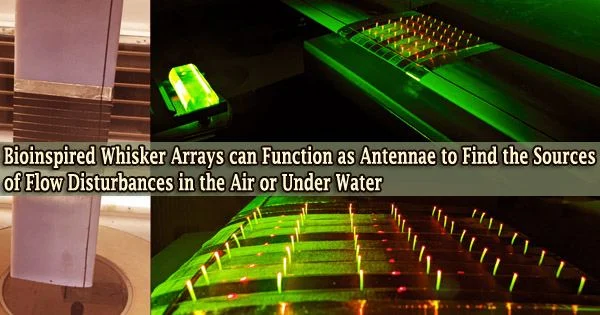Recent research by Professor Christoph Bruecker and his team at City University of London has shown that artificial whiskers, constructed as models of sea lion whiskers, can function as an array of antennae to find the source of hydrodynamic waves, much like how sea lions utilize their whiskers.
This technique depends on the signal’s timing delays activating the various whiskers. By leaving hydrodynamic disturbances in their wake while swimming, sea lions utilize their whiskers to track the course of their food, which may also be explained by the basic principle of source detection.
Professor Bruecker and his team evaluated the artificial whiskers to respond to various hydrodynamic stimuli and created the mathematical codes for the source localisation using the specially configured water tank in City’s aeronautical engineering lab for sea lion simulations.
Professor Bruecker, who holds the Sir Richard Olver BAE Systems Chair for Aeronautical Engineering and the Royal Academy of Engineering Research Chair in Nature-Inspired Sensing and Flow Control for Sustainable Transport at City, has published a report on his findings in Nature: Scientific Reports, in a paper titled, “Sea lions could use multilateration localization for object tracking as tested with bio-inspired whisker arrays.”
To take their research into aeronautical applications, they have added arrays of tiny whisker hairs to an aerofoil as a further extension of their work.
With the use of this technology, flow over the aerofoil can be monitored online, and odd signs in the flow that could be caused by drones or other aircraft can be found.
The aerofoil was presented at the recent LXLASER 2022 conference and is being used for further tests at City’s wind-tunnel in the Handley Page Lab.
















